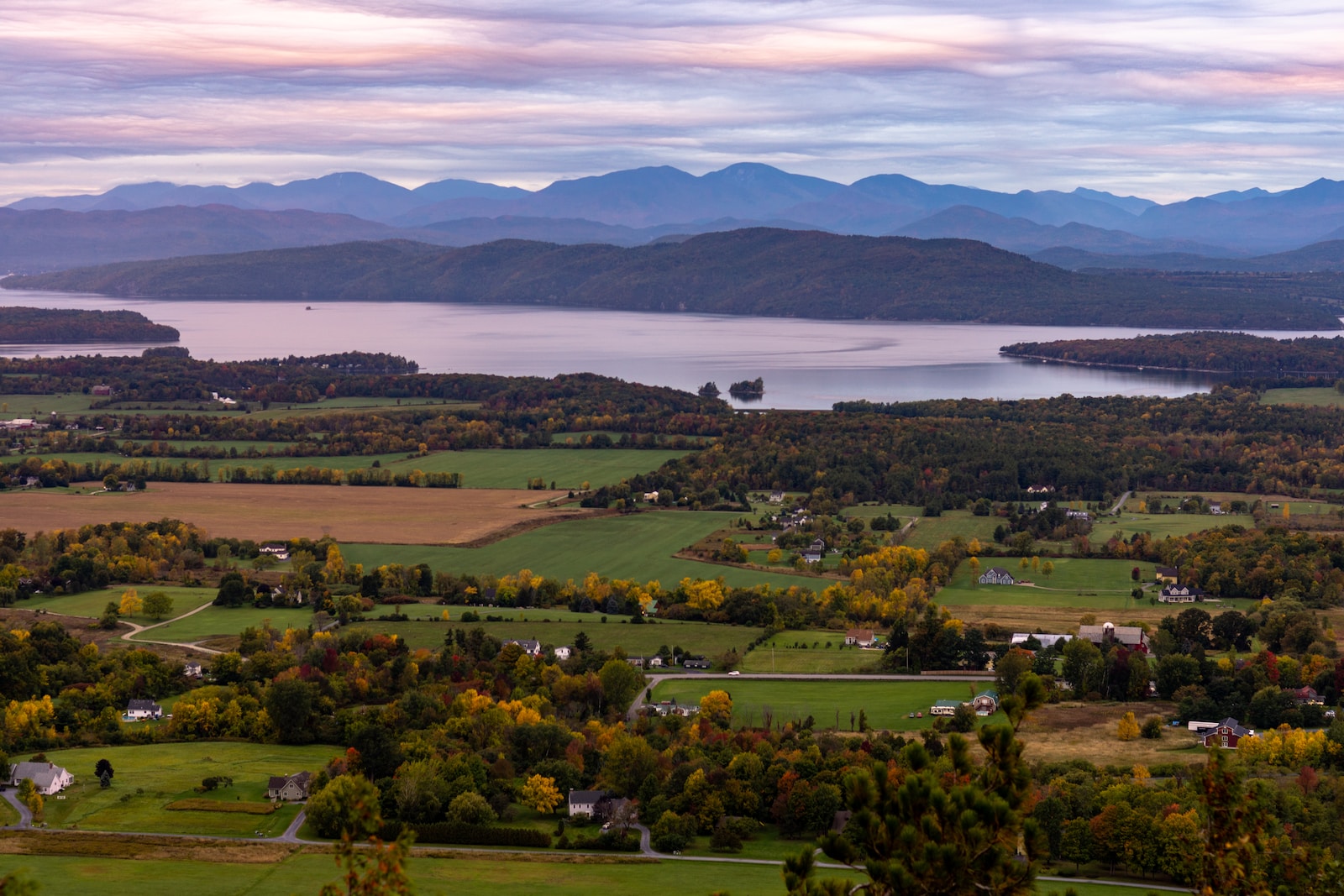Table of Contents
ToggleI. The Increasing Threat of Catastrophic Flooding
Heavy rainfall causing destruction miles from rivers in Vermont is evidence of a dangerous climate threat. This event demonstrates that catastrophic flooding can increasingly happen anywhere, with almost no warning. Rising temperatures make the problem worse, allowing the air to hold more moisture and leading to more intense rainfall seemingly out of nowhere.
II. The Struggle to Prepare American Communities for Severe Flooding
The federal government is already struggling to prepare American communities for severe flooding by funding better storm drains and pumps, building levees and sea walls, and elevating roads and other basic infrastructure. However, as seas rise and storms get worse, the most flood-prone parts of the country could easily consume the government’s entire budget for climate resilience, without solving the problem for any of them.
The flooding in Vermont highlights the need to spend more on modeling and planning for flood events. All that water often brings tragedy to places that can least handle it. Deadly and devastating floods have long been a familiar threat in Houston, with as many as half of the homes breached by floodwaters in recent years being outside official flood risk zones.
Flooding has also become a source of frustration and pain in Horry County, S.C., a coastal area that includes the resort town of Myrtle Beach. In Summerville, Ga., a flash flood swamped homes and businesses in 2021 after a deluge delivered by remnants of Tropical Storm Claudette. Much of Summerville falls outside the 100-year floodplain, and the destruction and the resulting cleanup overwhelmed the town.
Funding for climate resilience projects still falls far below the need. As the threat from flooding and other climate shocks gets worse, the federal government has increased funding for climate resilience projects.
III. The Limitations of Federal Flood Maps
Federal flood maps, which governments use as a guide to determine where to build housing and infrastructure, are supposed to be updated regularly. But they often fail to capture the full risk, resulting from a lack of resources or pushback from local officials who don’t want new limits on development. And as the flooding in Vermont demonstrates, the government can’t focus its resilience efforts only on obvious areas near coasts or rivers.
The country lacks a comprehensive, current, national precipitation database that could help inform homeowners, communities, and the government about the rising risks from heavy rains. The true number of homes at risk from flooding in Vermont is three times more than what federal flood maps show, according to data from the First Street Foundation, a New York-based nonprofit research group.
IV. The Devastating Impact of Flooding on Communities
All that water often brings tragedy to places that can least handle it. Deadly and devastating floods have long been a familiar threat in Houston, with as many as half of the homes breached by floodwaters in recent years being outside official flood risk zones. Flooding has also become a source of frustration and pain in Horry County, S.C., a coastal area that includes the resort town of Myrtle Beach. In Summerville, Ga., a flash flood swamped homes and businesses in 2021 after a deluge delivered by remnants of Tropical Storm Claudette. Much of Summerville falls outside the 100-year floodplain, and the destruction and the resulting cleanup overwhelmed the town.
V. Rethinking How We Build and Adapt to Climate Change
Adapting to climate change is an opportunity to rethink how we want to live. The need to fix old mistakes and return to nature the land that was built on rivers, streams, and wetlands, creating new parks or other landscapes to hold rainfall. As the threat from flooding and other climate shocks gets worse, it’s time to start thinking about how to build and adapt in a way that can withstand these challenges.








1 thought on “The Hidden Risks of Climate Change: Vermont Floods Show Limits of America’s Efforts to Adapt”
Pingback: Alaska Juneau Flooding: Devastating Glacier Runoff Causes Destruction and Urges State of Emergency - Sustainability Awakening